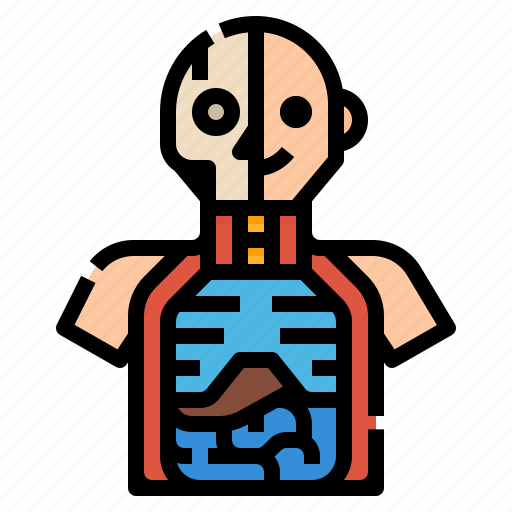What does this have to do with how to improve physiology? Well, when you understand how your body works and how it responds to specific stimuli, you are more likely to understand how it feels when you exercise and how it feels when you rest. The ability to interpret the responses of your body is crucial to being an effective and safe fitness enthusiast.
The first step in learning how to better understand your body is learning about your physiology and what it means. It is important to learn as much as you can about the structure and functioning of the body before attempting to learn how to improve physiology. It is important to be aware of the physiological differences between people, the way the body reacts to stress and the way that stress affects the body.
After you understand the structure and functioning of your body, it is time to learn about the body’s responses to stress. Learning about stress can be done at home by doing exercises like cross-country skiing or weight lifting. But learning about stress is not enough. You must also learn to identify stressors and how to reduce or eliminate them.
The next step in learning how to improve physiology is learning about the hormones that control the processes of your body. The hormones are responsible for regulating a wide range of bodily functions. A few examples are the production of hormones that regulate blood pressure, hormones that control inflammation, hormones that regulate sexual activity, hormones that regulate your immune system and hormones that control your metabolism. There are so many hormones that you may have forgotten some of them. By identifying and learning about the hormones that regulate your body, you will be able to better understand how they interact with each other and how they affect your physiology.
The last step in learning how to improve physiology is learning about the diet that you are currently consuming. Your body is made up of a number of tissues. Eating foods that are rich in carbohydrates helps to maintain muscle mass and help you lose fat. Eating foods that are high in protein keeps your muscles strong, burns energy and maintains a steady supply of glucose in your blood stream.
The final step in learning how to improve physiology is learning about exercise. Exercising helps to improve your circulation and help your muscles grow. It also helps to improve your circulation and keep your blood circulating. Exercises such as yoga and cardio exercise are particularly helpful in improving your circulation.
If you follow these four steps, you will be able to learn how to improve physiology and understand it. This knowledge will help you understand how your body works. And, as a result, you will be able to understand how it feels and how to react to specific stimuli when you are exercising or resting.
The most important aspect of learning how to improve physiology is finding the right exercises that work well with the right movements. You may need to try more than one exercise before you find the ones that work best with your body type.
When you learn how to improve physiology, you should make sure that you do not rush the process. Take the time to learn about the specific exercises and learn about the different body types and learn which ones work best. for each of them. By doing this, you will be able to learn how to identify which exercises work best for the exercises that you are doing and which ones don’t work well.
In conclusion, the steps that you take to learn how to improve physiology will include learning about your body and learning about the many specific organs of your body. and learning about the processes that your body uses to deal with stress. You will learn how to improve physiology by identifying and learning about the hormones that regulate these processes and learning how to control them. Once you have learned these steps, you will then be able to identify the right exercises and learn how to apply the exercises to your body.


